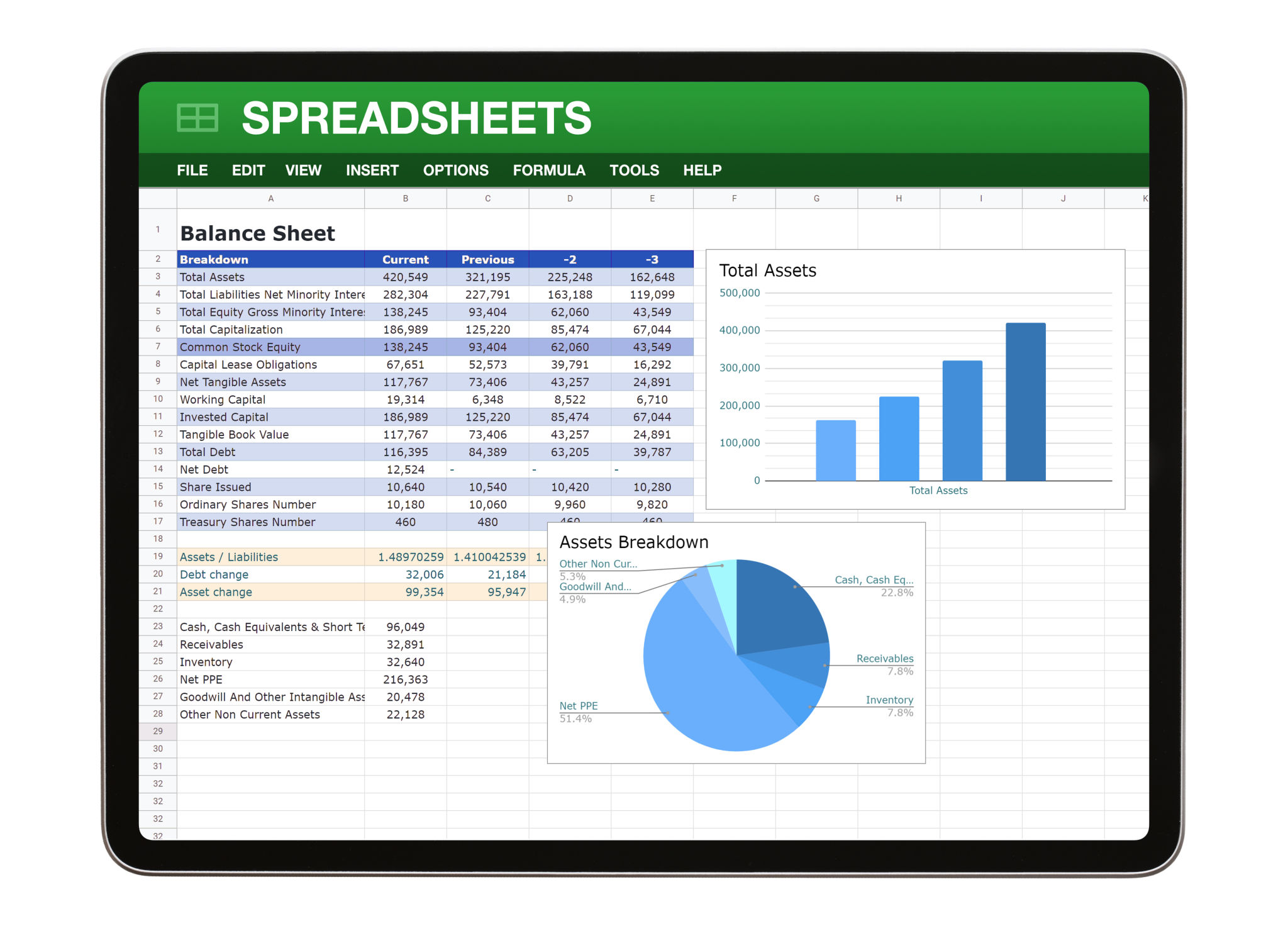How to Evaluate a Business for Acquisition: Key Factors
4M
Understanding the Business Model
When evaluating a business for acquisition, the first step is to understand its business model. This involves examining how the company operates, its revenue streams, and its customer base. Analyzing these elements will provide insights into whether the business is sustainable and how it generates value for its stakeholders.
Additionally, consider the industry's landscape and the company’s position within it. A strong business model often reflects a company's ability to adapt to market changes and maintain competitive advantages over time.

Financial Health Assessment
The financial health of a business is a critical factor in the acquisition process. Begin by reviewing the company’s financial statements, including income statements, balance sheets, and cash flow statements. These documents will help you assess profitability, liquidity, and overall financial stability.
Pay attention to key financial metrics, such as revenue growth, profit margins, and debt levels. A company with strong financial health typically shows consistent revenue growth and manageable debt levels. This analysis will help determine whether the business is a sound investment.
Valuation Techniques
Understanding the true value of a business is essential for making informed acquisition decisions. Common valuation techniques include:
- Discounted Cash Flow (DCF): Projects future cash flows and discounts them to their present value.
- Comparable Company Analysis: Compares the target business to similar companies in the industry.
- Precedent Transactions: Analyzes prices paid for similar businesses in previous acquisitions.

Market Position and Competitive Advantage
Evaluating a company's market position and competitive advantages is crucial in determining its long-term potential. Investigate the company's market share, customer loyalty, and unique selling propositions. A business with a strong market position often has established brand recognition and a loyal customer base.
Moreover, consider factors such as barriers to entry, which can protect a company from new competitors. A strong competitive advantage can be a significant asset in an acquisition.
Operational Efficiency and Management
The operational efficiency of a business can significantly impact its profitability. Assess the company’s supply chain, production processes, and overall operational workflows. Efficient operations often result in cost savings and improved margins.

The quality of management is another vital factor. Evaluate the leadership team's experience, vision, and ability to execute strategies effectively. Strong management can drive innovation and growth, enhancing the company's value post-acquisition.
Legal and Regulatory Compliance
Ensuring that a business complies with relevant legal and regulatory requirements is essential before proceeding with an acquisition. Conduct thorough due diligence to identify any potential legal issues or liabilities that could impact the transaction.
Review contracts, intellectual property rights, and any ongoing litigation. Compliance with industry regulations not only protects against legal risks but also enhances the company’s reputation and credibility in the market.

Cultural Fit
Finally, consider the cultural fit between your organization and the target business. Cultural alignment can significantly affect integration success post-acquisition. Differences in company culture can lead to conflicts, reducing morale and productivity.
A harmonious cultural fit facilitates smoother transitions, better communication, and a more cohesive workforce. Evaluate the target company’s values, work environment, and employee satisfaction levels to ensure compatibility.
